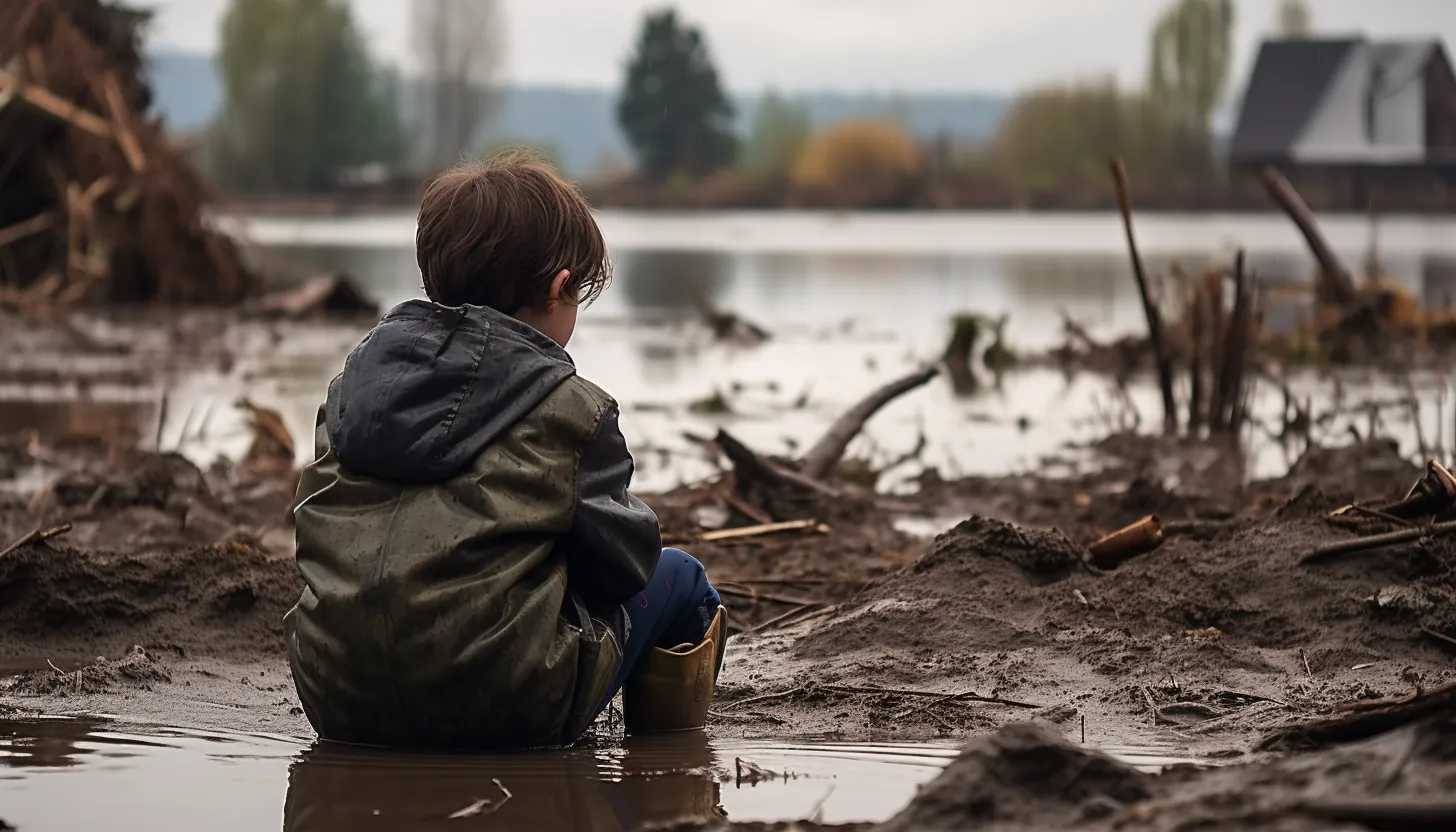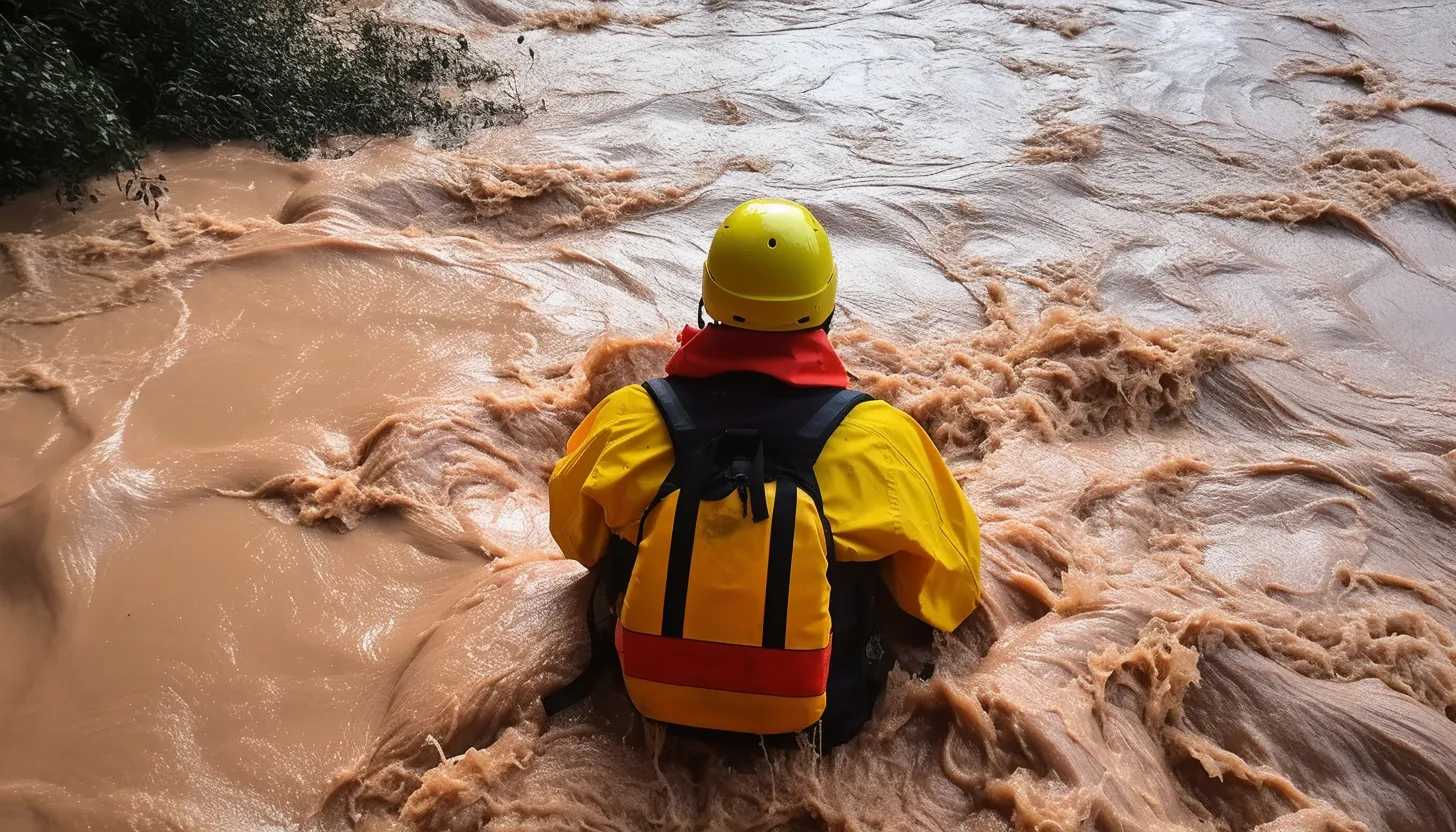Planet Earth
published : 2023-08-26
Millions of Pakistani Children Still Await Aid a Year After Catastrophic Floods, Warns UNICEF
The overflowing River Sutlej fuels fears of another devastating wave of flood-related disasters in Pakistan.

A year after the devastating floods in Pakistan, UNICEF, the United Nations' children's agency, raised the alarm on the continued need for humanitarian assistance for an estimated four million children. These children, their lives upended by an environmental disaster, continue to grapple with the lack of basic services due to funding shortages inhibiting recovery.
As the River Sutlej in Pakistan’s eastern Punjab province began to overflow, authorities found themselves in a race against time to evacuate people from the afflicted areas. Since the beginning of the month, over 100,000 people have been whisked away from isolated areas in the districts of Kasur and Bahawalpur.
Despite financial pledges exceeding $9 billion from numerous countries and international institutions at a U.N.-backed conference just six months ago, most funds remain as projected loans for projects that are still in the planning stages.
Monsoon rains have persisted, exacerbating the existing hardship for flood-impacted communities and claiming the lives of 87 children nationally. An estimated eight million people, half of them children, continue to subsist without safe water access, with over 1.5 million children in dire need of lifesaving nutritional interventions in the flood-stricken districts.

Abdullah Fadil, UNICEF's representative in Pakistan, shed light on the agonizing year experienced by vulnerable children living in flood-impacted areas; losses echoed in their loved ones, homes, and schools. With the return of monsoon rains, the dread of another climate calamity looms high.
Devastating floods last year inflicted more than $30 billion in damages, leaving large areas of the country underwater for months on end. This affected 33 million people, caused the tragic loss of 1,739 lives, and impacted critical infrastructure— 30,000 schools, 2,000 health facilities, and 4,300 water systems.
Even before the floods, the brunt of issues like poor literacy rates and nutrition were shouldered by children, with one-third already out of school and malnutrition reaching emergency levels. Access to safe drinking water and sanitation was perilously low.
However, in the flood-ravaged southern Sindh province, the situation seemed to be improving, as per Ajay Kumar, a spokesman for the local disaster management agency. He mentioned locals returning home, thanks to compensation for damage and loss, and no new complaints or demands from flood-affected districts.

Despite the hurdles, the children’s agency reported success on certain fronts, as aid from the international community has enabled primary health care services to reach 3.6 million people and safe water access for 1.7 million people in areas where water networks were previously compromised.
Moreover, mental health and psychosocial support were provided to a significant number of children—specifically, 258,000.
The representative of UNICEF in Pakistan, Abdullah Fadil, advocated for an increased investment from Pakistan and aid agencies in basic social services for children and families, stating: 'The flood waters have receded, but their plight persists, in this climate-volatile region.'
